5 things I loved about the new Range Rover Sport, and one thing that annoyed me
Our first drive of Land Rover's latest luxury SUV


Updated Range Rovers are a once-in-a-decade event for Land Rover, and while the latest Sport might not appear all-new on the outside, this is indeed a wholly reborn car. It shares the same platform as its equally-new big brother, and while retaining the slightly more compact dimensions and dynamic look of its predecessor, is closer than ever to matching the upmarket refinement (and price) of the full-size model.
Our first taster of the new, £80,325 Range Rover Sport takes place in Madrid, where the V8, six-cylinder and new plug-in hybrid models are all available to test. We’ll be giving these a more thorough test later, but for now here are five things I loved – and one thing that annoyed me – about the new 2022 Range Rover Sport.
What I loved about the Range Rover Sport:
1. Refinement
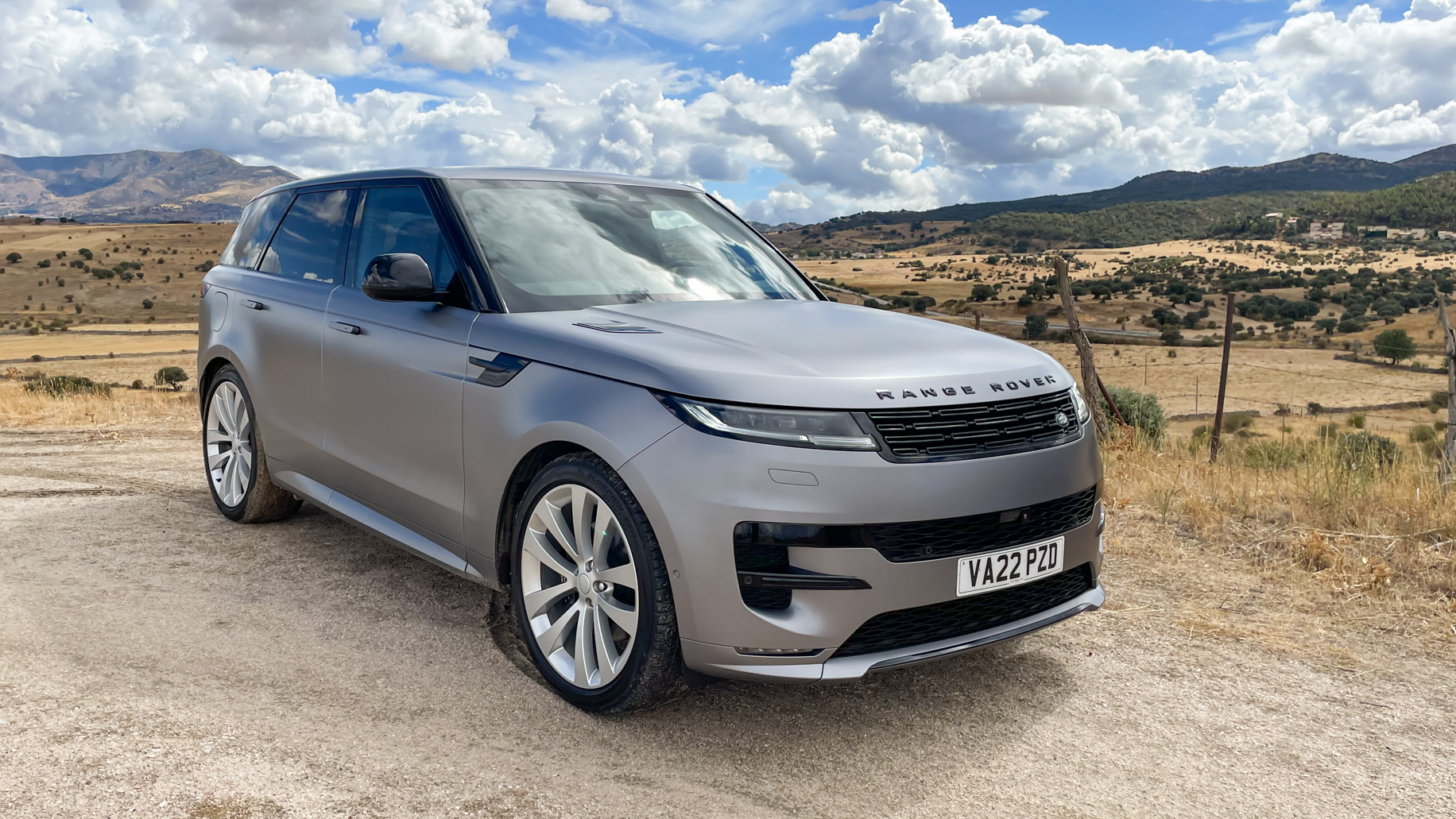
This is key to the latest generation of Range Rover and Range Rover Sport. They have always been luxury vehicles with a soft ride and quiet cabin, but with Land Rover’s new MLA-Flex architecture and latest generation of the brand’s take on reductive design, the game has been moved ever further forward.
A key detail that shows just how hard Land Rover sweats the details is the lack of rubber seals around the windows. Like on the full-size Range Rover, they’re still there to keep water out of the Sport, but are hidden, creating a seamless, simplified join between window and door. This is Land Rover taking the styling cues of modernist architecture and applying them to luxury cars. And I’m absolutely here for it.
Further refinement is found in the new cabin, which is whisper-quiet at anything short of high cruising speeds, where the quietness of the engine exaggerates the rush of wind flowing over the wing mirrors. Like its full-size sibling, the Sport’s interior is a wonderfully civilised place to be; comfortable, quiet and calming. Just what luxury road travel should be.
2. Rear wheel steering
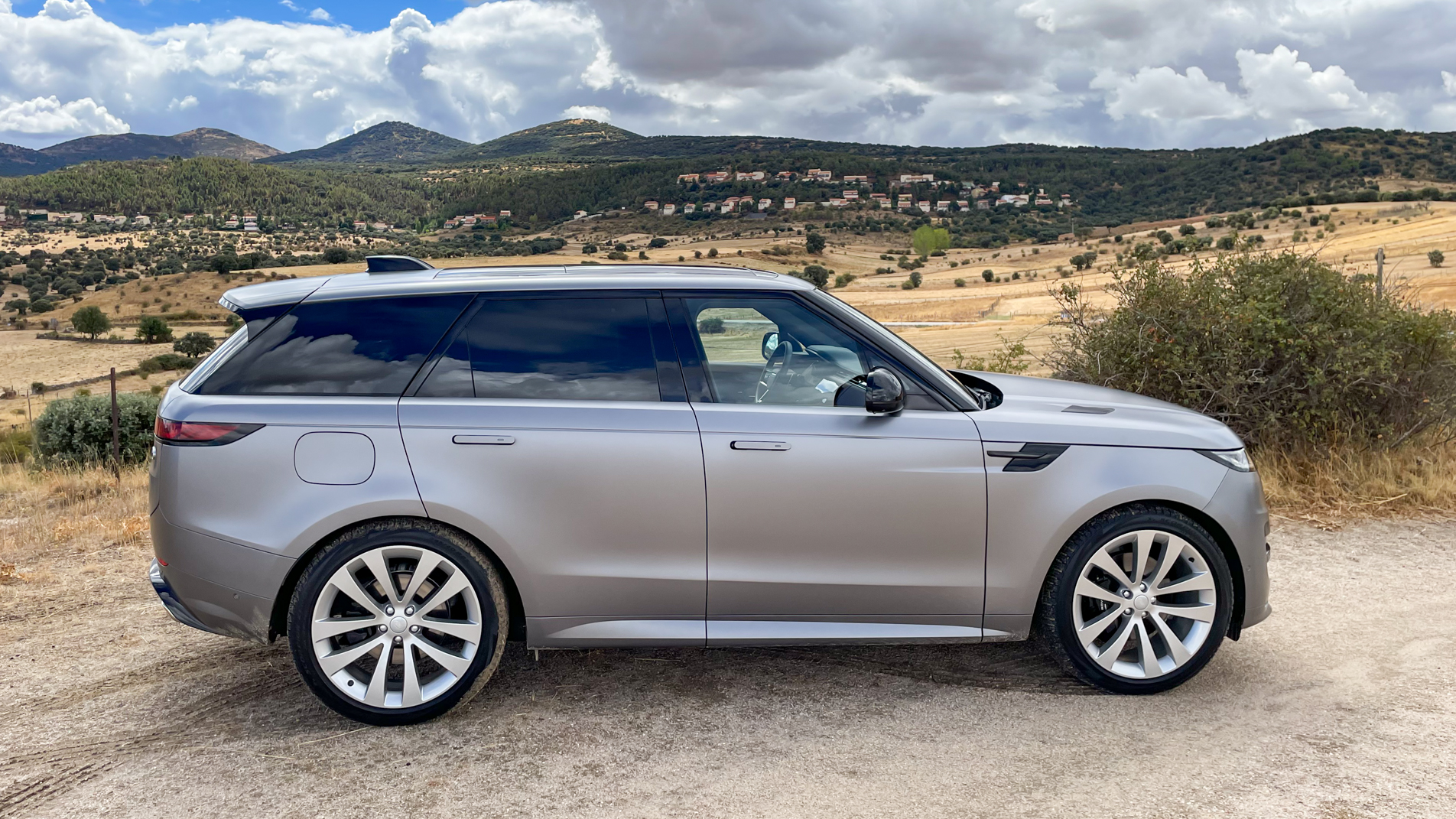
New for the Range Rover Sport is rear wheel steering. This tightens the turning circle by turning the rear wheels in the opposite direction to the front wheels, by up to 7.3 degrees, at low speed. The result is a virtually shortened wheelbase and the illusion of driving a car that is smaller and more manoeuvrable than you’d ever think possible from a 4,946mm long, 2,209mm wide, 2,505kg SUV.
The system comes into its own on the tight streets of Madrid city centre, and again when we’re faced with an off-roading course. Here the car slots between trees and through narrow gates where its predecessor would have required a three-point turn. On the motorway, the system works in reverse, turning the rear wheels (to a lesser degree) in the same direction as the front, aiding high-speed stability.
Get all the latest news, reviews, deals and buying guides on gorgeous tech, home and active products from the T3 experts
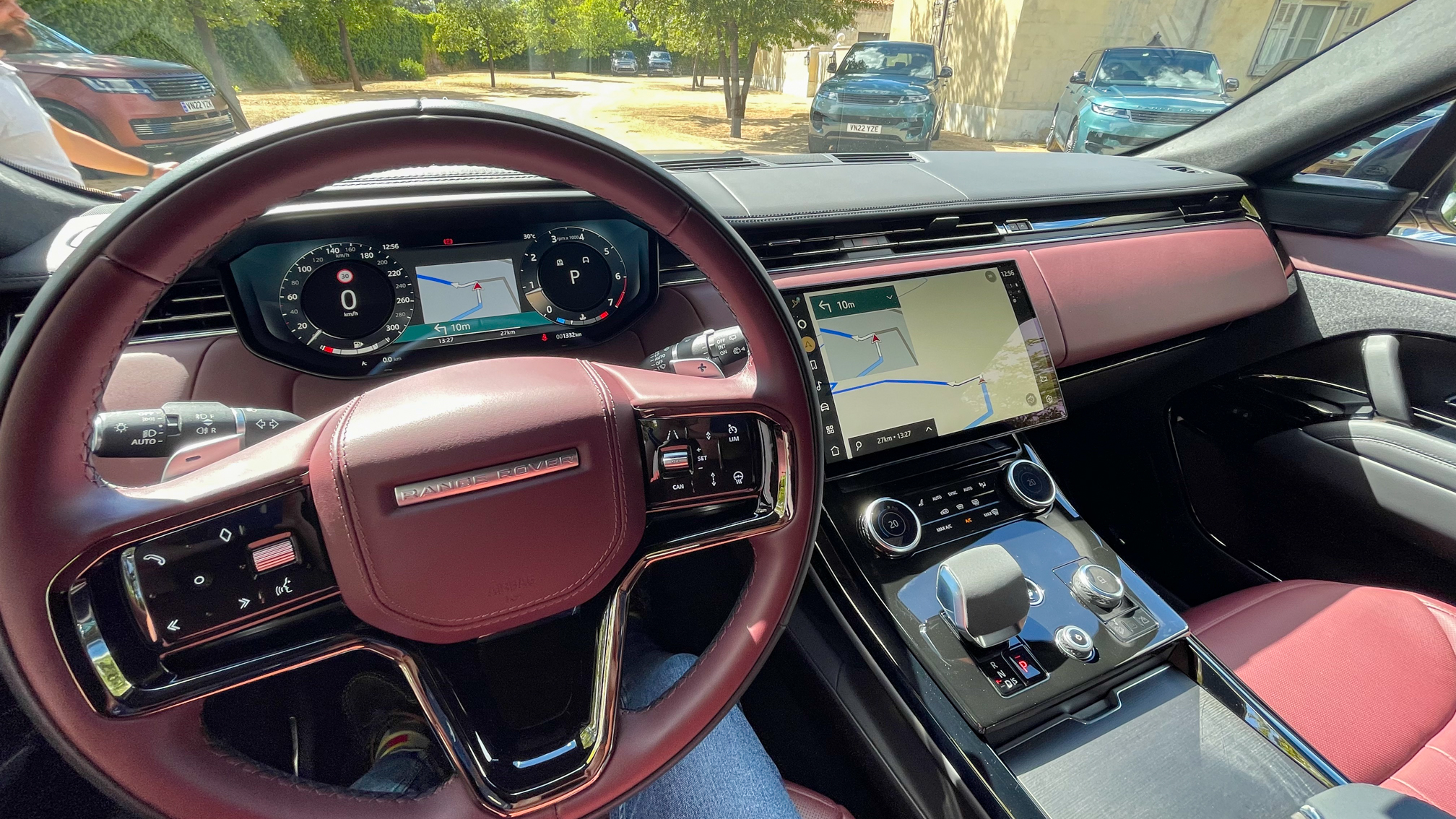
3. Hybrid drivetrain
This isn’t the first generation of Range Rover to have a hybrid system, but it’s certainly the first to manage a meaningful amount of battery-only range before summoning the engine for assistance. Land Rover claims up to 70 miles is possible from the 38.2 kWh battery and 143-horsepower electric motor, but concedes that 50 miles is more realistic for real-world driving.
My drive of the Range Rover Sport P510e confirms the latter, with around 50 miles of electric range achievable without trying to conserve energy at all. Put some effort into hypermiling, cruise at 60 mph on a warm day, and 70 miles might well be within reach of drivers with a featherweight right foot.
The car defaults to hybrid mode, where the motor and engine (in this case a 3.0-litre, inline six-cylinder petrol engine) work together for maximum efficiency. Or you can force the car to stay in EV-only mode until the battery is depleted. When the engine wakes up, it does so almost imperceptibly, the rev counter swinging into life as much of an indication as anything aural.
Also improved for the 2022 model is fast DC charging up to 50 kW, which takes the battery from zero to 80 percent in about an hour. Use a 7.2 kW charger at home and Land Rover says empty to full takes five hours. In other words, it’ll fully charge every night, or during your day at the office, and manage even a long commute without ever firing up the engine. You could genuinely stick to EV power for days at a time.
The Range Rover Sport doesn’t leap off the line with electrical assistance in the way you might expect, but a 0-60 mph time of 5.2 seconds is still plenty quick enough – and only a second down on the 4.3 seconds achieved by the 4.4-litre, twin-turbo V8 of the non-hybrid P530.
4. Sound system
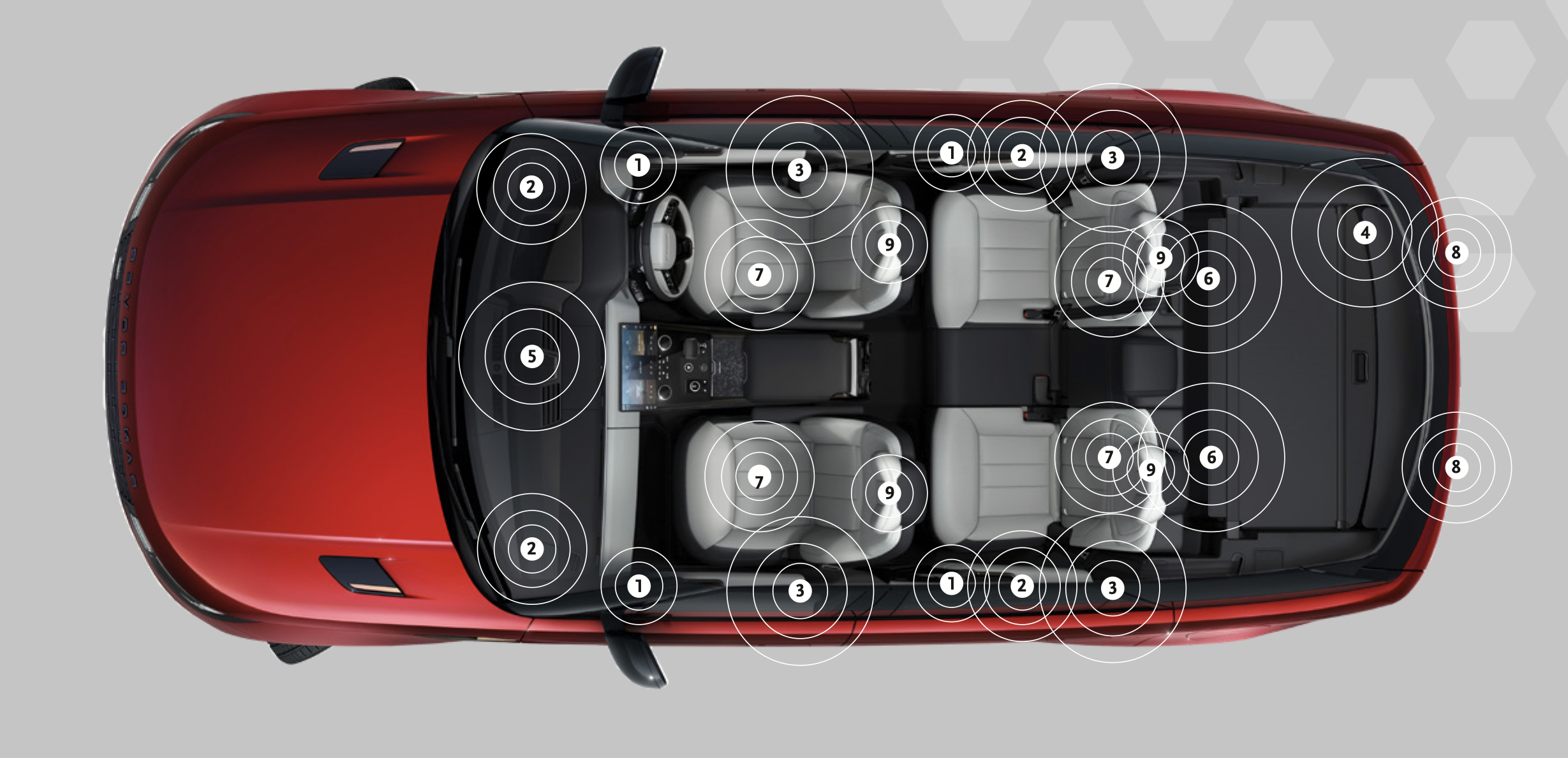
Luxury cars, especially large SUVs with their cavernous interiors, have become a battleground for audio companies to fight over who can produce the best sound – and install the most speakers.
The flagship sound system of the new Range Rover Sport is by Meridian and boasts 29 speakers and 1,430 watts of power. As the numbers suggest, it’s a mighty system with equally impressive amounts of clout and clarity.
The system also features active noise cancellation, which uses microphones and the same technology as high-end headphones to neutralise unwanted road noise. The microphones are located in the wheel arches, then the opposite sound frequencies to what they hear is played through speakers in each headrest. It isn’t as profound as the noise-cancelling of a pair of headphones, but does a good job all the same.
5. Effortless off-roading
As should be a surprise to no one, the Range Rover Sport is an exceptionally good off-roader. Land Rover’s Terrain Response system can be left in automatic, dealing with different surfaces without the driver needing to engage different modes.
New for this generation of Terrain Response is Off-Road Cruise Control, which maintains a steady speed without using the accelerator or brake. Instead, the driver sets a desired speed and picks one of four comfort levels, and the car progresses to maintain that speed and level of comfort, even when going up and down hill.
The system works as intended and really does feel like you’re using cruise control off-road. I’m sure Land Rover purists will baulk at such hand-holding, and they’ll be pleased to know it’s still possible to engage low range manually, pick whichever off-roading mode you need and control the car yourself. Land Rover really does do all this better than anyone else, and I’m now excited to see how the first all-electric Range Rover, due out in 2024, will handle the rough stuff too.
What annoyed me about the Range Rover Sport:
1. The rear end
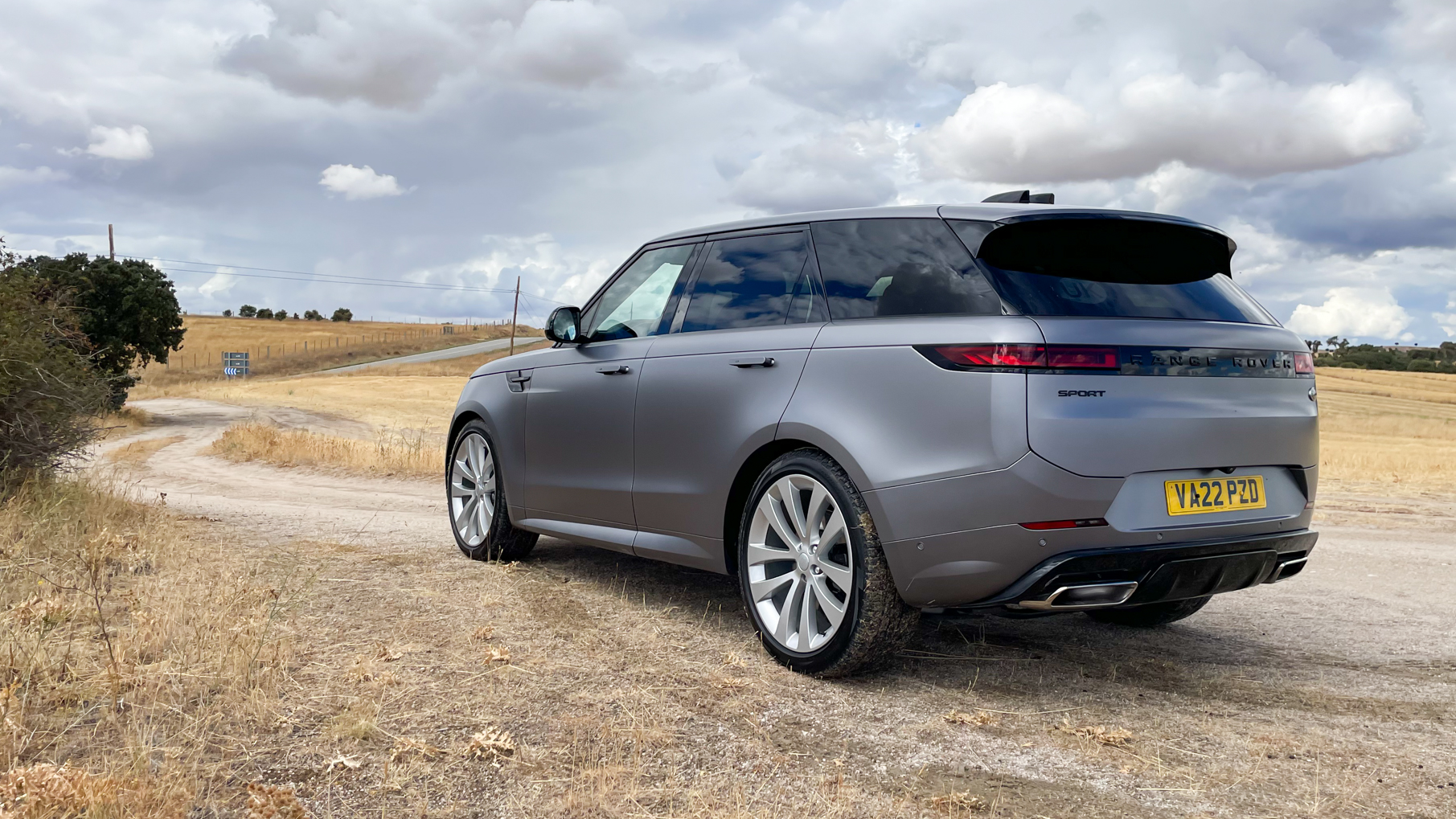
Yes, I know styling is subjective and I shouldn’t dwell on how I think the car looks. But I’m going to anyway, because I think the rear end really needs some work. It isn’t as disjointed and plain weird as the asymmetrical rear of the Land Rover Discovery, but the Sport has been partially robbed of its identity.
The rear – and, to a lesser extent, the front too – come across as somewhat generic, and there’s something visually unsettling about where the Sport wears its number plates. Both seem a little too low, with acres of blank space between the upper and middle grilles at the front, and below the subtle Range Rover branding at the rear.
I suspect the front is training our eyes ahead of seeing a fully-electric Range Rover with little need for frontal cooling, and while the side profile is unmistakably Range Rover with its shallow glasshouse and athletic stance, the rear is a bit, well…fat. And where the new rear lights of the full-size Range Rover are arguably its best visual feature, the slim tail lamps of the Sport look lost in a sea of bodywork.
I hope Land Rover regains its confidence with visual flare ahead of the vital all-electric models due in a couple of years’ time.
This article is part of The T3 Edit, a collaboration between T3 and Wallpaper* which explores the very best blends of design, craft, and technology. Wallpaper* magazine is the world’s leading authority on contemporary design and The T3 Edit is your essential guide to what’s new and what’s next.
Alistair is a freelance automotive and technology journalist. He has bylines on esteemed sites such as the BBC, Forbes, TechRadar, and of best of all, T3, where he covers topics ranging from classic cars and men's lifestyle, to smart home technology, phones, electric cars, autonomy, Swiss watches, and much more besides. He is an experienced journalist, writing news, features, interviews and product reviews. If that didn't make him busy enough, he is also the co-host of the AutoChat podcast.

